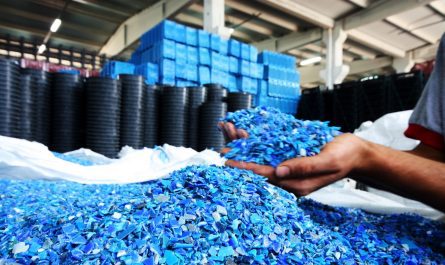History and Evolution of Textile Industry in India
The textile industry has deep roots in India with a history of over 6000 years. India was one of the early textile producers in the world due to ideal agro-climatic conditions and raw material availability. For centuries, textiles dominated the industrial output and constituted the most important manufacturing sector of the Indian economy.hand spinning and handloom dominated the Indian textiles industry till the 1850s, after which, machine spun yarns and mill made cloth began increasing with the coming up of factories in Bombay. India’s textile industry underwent various phases of development over the years- till the 1600s, India held a 25% share of global textile trade, which declined significantly due to colonial rule and advent of industrialization in Europe. However, post-independence, the industry bounced back rapidly, supported by policies like import substitution.
Growth and Diversification since Liberalization
With economic liberalization in the 1990s, the textile industry witnessed massive growth and diversification. Removal of quotas and lifting of import restrictions opened up avenues for modernization and adoption of global best practices. The Textile And Apparel sector started attracting huge investments in setting up state-of-the-art manufacturing facilities. Areas like technical textiles, home textiles, apparel and fabric also emerged alongside traditional segments like cotton, silk and jute. Product categories expanded into newer styles, blends and fibers to cater diverse consumers. Exports became a major focus and India emerged as a key global supplier of textiles and apparel. Govt initiatives like Technology Upgradation Fund Scheme further accelerated modernization. Current estimates value India’s textile market at over $100 billion with diverse product segments.
Status of Major Textile And Apparel Industry Sub-Sectors
Cotton: Cotton remains the dominant natural fiber with a production of about 362 lakh bales per annum from around 13 million hectares. India ranks second globally both in cotton acreage and output after China. Gujarat, Maharashtra, Punjab and Haryana are key producing states.
Man-Made Fibers: Demand for man-made fibers like polyester, viscose, nylon and acrylic continues increasing steadily. Supported by robust PSF and man-made filament yarn capacities, India is a leader in these synthetic fibers.
Silk: The silk industry provides livelihood to over 8 million people with robust reeling, twisting and weaving activities concentrated in West Bengal, Karnataka and Tamil Nadu. Mulberry, tasar and eri varieties of silk are produced.
Jute: India accounts for around 30% of world jute production. West Bengal is a prominent producer with around 73% global share of jute sacking bags and Hessian fabrics.
Processes and Export Orientation
Raw materials undergo various processes- ginning, spinning, weaving, knitting and processing to create finished goods like fabrics, apparel, home textiles etc. Manufacturing units range from SSIs to large scale complexes. Top value-added exports are cotton yarn, fabrics, man-made yarn and fabrics. India enjoys a tenth of global textile trade and is 3rd in clothing trade after China and EU. Major export markets are- USA, UAE, Turkey, UK, Germany etc. Govt initiatives promote exports through schemes like Duty Drawback, EPCG, Focus Market Scheme.
Domestic Demand and Research Capabilities
With rising incomes, domestic demand for textiles and apparel has grown consistently over the years. Per capita consumption growth especially in categories like woven garments, hosiery and home textiles has been strong. Textiles dominate retail sales across India. CSIR institutes carry out extensive research in newer fibers, processing techniques and textile machinery. Initiatives like JRF and Techxtil also promote R&D and innovation in the sector.
Prospects and Conclusion
Given the industry’s inherent strengths and evolving domestic market, India’s textile and apparel industry is well positioned for strong future growth. Global forecasts estimate the sector’s contribution to GDP at $263 billion by 2025 and generating over 100 million new jobs. Emphasis on industry 4.0 technologies, sustainability practices and designing for emerging markets will bring promising opportunities. Robust policy support, upgraded trade agreements, increased investments and R&D capabilities will be key drivers to help the sector achieve its true potential and emerge as a world textile leader over the next decade. The industry will continue to play a vital role as an employment generator for millions in India.
*Note:
1. Source: Coherent Market Insights, Public sources, Desk research
2. We have leveraged AI tools to mine information and compile it




